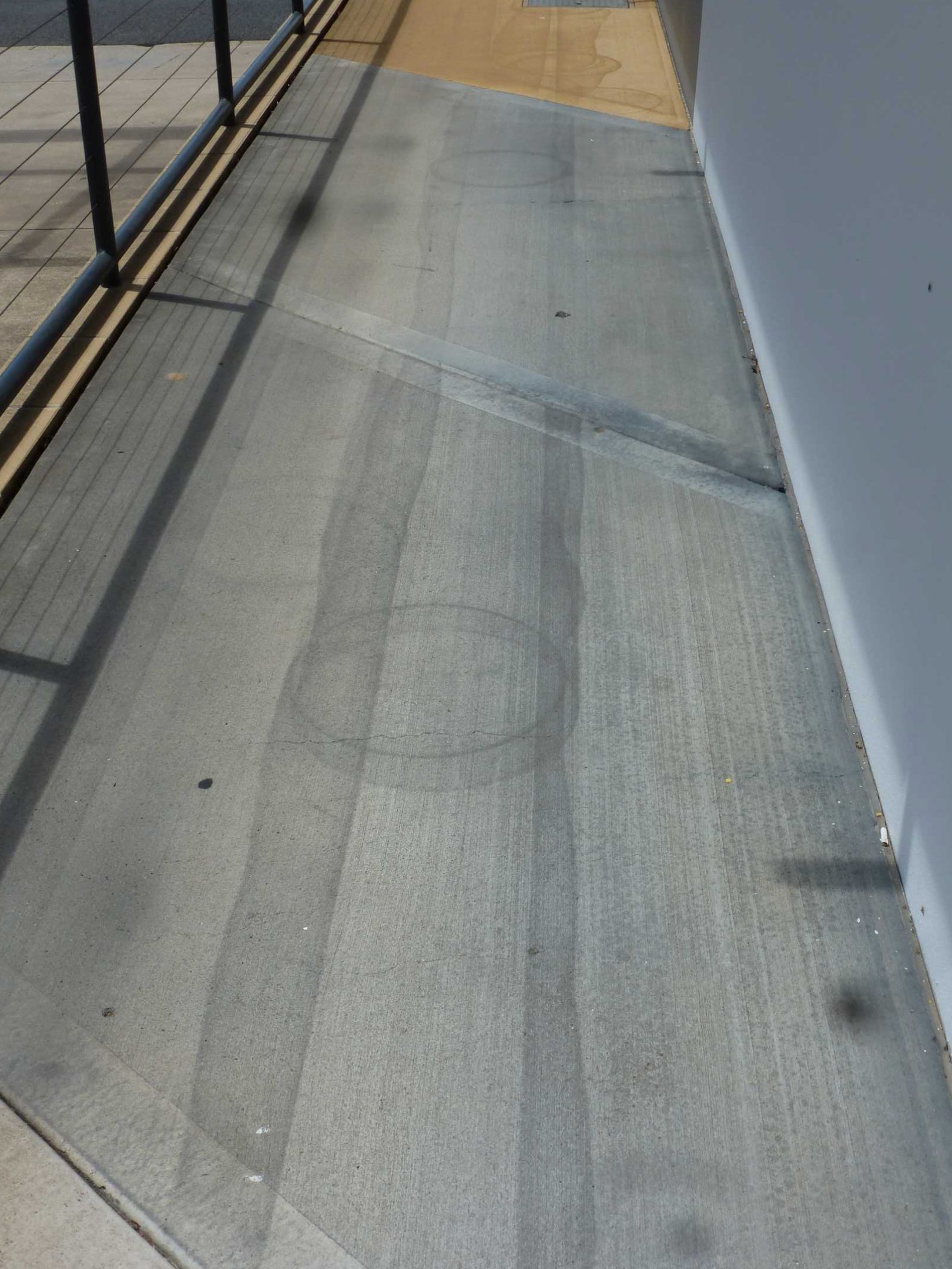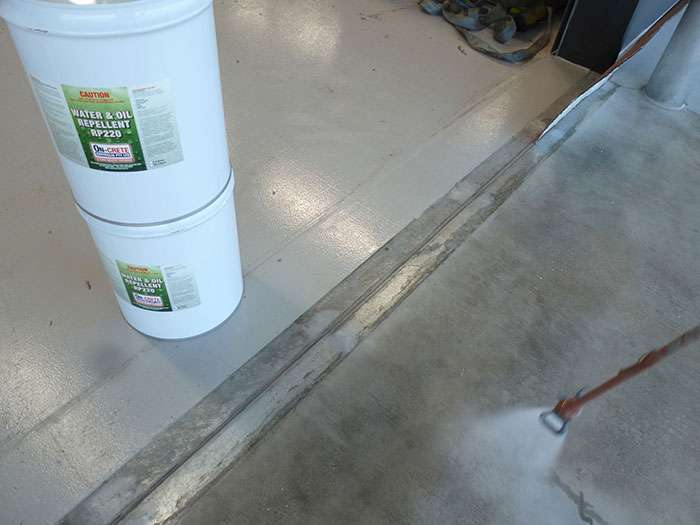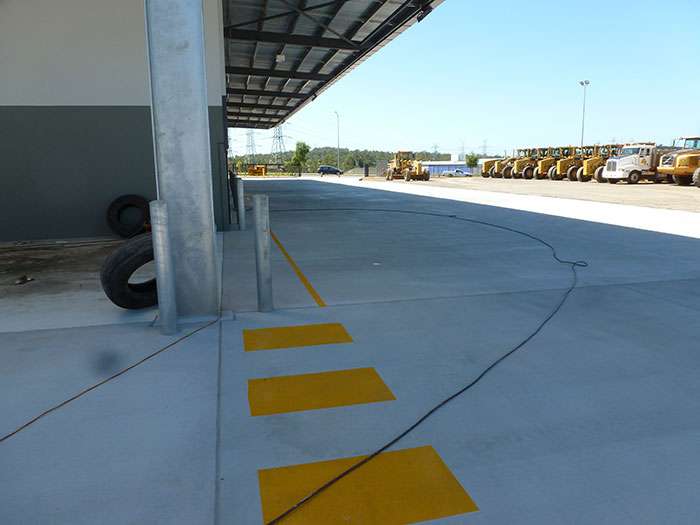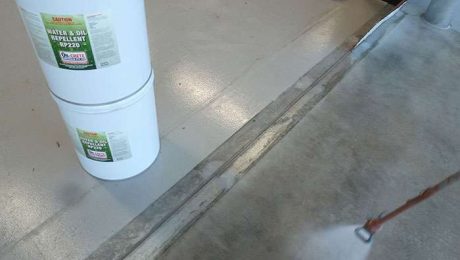It’s extraordinary how frequently we see botched concrete pressure cleaning like that shown in the photos below. By following these simple Concrete Pressure Cleaning Tips, this damage can be so easily avoided if the operator and equipment are up to scratch.

Which Country’s Flag Is This?
The problems are easily addressed if the equipment is suitable and the operator alert to potential problems.
Gouging
The gouging is caused by using too much pressure or a combination of too much pressure and too little water volume. The rings can be the result of leaving the rotary head in a fixed position, using too much pressure and/or insufficient water volume being used (the former translates to operator inattention whilst the latter can be traced back to inappropriate concrete pressure cleaning equipment).
It’s important to assess the situation prior to commencement of the concrete pressure cleaning project.
Determining Concrete Strength
We suggest you roughly determine the strength of the concrete and without unnecessarily complicating things you can presume that an exposed aggregate driveway is capable of withstanding more pressure than a wooden trowelled, plain concrete path (as depicted in the photos), in contrast to a steel trowelled (shiney finish) shopping centre car park capable of withstanding heavy vehicle traffic.
The residential/commercial paths/patio slabs are the most likely to cause you concrete pressure cleaning grief.
Choosing the right equipment, particularly when dealing with “soft” concrete is equally as important as your choice of operator.
Causes of Gouging
Gouging the surface can be caused by too much pressure with a low volume machine. Most commercial operators use a 5000 psi 21 litre per minute water blaster thinking that will be ok. Generally, if the operator is alert enough it is OK, however inexperienced operators can come unstuck as they move the rotary head too slowly across the surface in a vain attempt at being thorough. Hence the resultant “zebra” lines and, if they stop to answer their phone (heaven forbid – if they are driven to distraction by continuing to engage the trigger in a fixed position) …indelible rings, as shown in the photos above, will result.
The important thing to remember is that low volume equipment requires smaller jets on the rotary head, so when operating under high pressure the jets tend to cut into, rather than more evenly clean the surface. The cutting action is why you are more likely to get stones dislodging from exposed aggregate with that type of equipment.
Remedies
This can be largely overcome by using higher volume concrete pressure cleaning equipment in the order of 35 + litres per minute but set at a lower pressure of around 3000 psi. This type of equipment actually has more cleaning capability than the higher psi gear and it’s not necessarily using more water because it gets the job done faster.
Concrete Pressure Cleaning Tips
We purpose-build our own concrete pressure cleaning equipment to our own specifications, to address these issues so we can optimize the result without damaging the surface. Please click the following link for more detail https://www.waterworks.com.au/responsible-pressure-cleaning/
“Asleep at the Wheel” is a fairly apt photo title, and indeed, criticism of the operator …why you would continue doing this much damage, after it became obvious within the first 30 seconds, simply beggars belief.
During a weekend in March this large heavy machinery hire facility’s concrete apron (approximately 2,500 square metres) near Ipswich was pressure cleaned before concrete sealing using airless spray equipment.
The owner, keen to keep the new concrete looking its best for the longer term chose a durable water and oil resistant, clear, penetrating product which was applied according to the manufacturer’s specifications, in two generous coats.
We’re often asked about concrete sealing but caution against choosing cheap products
and even cheaper applicators ….neither of which go the distance.
If you’re not sure, just call us for obligation-free advice on (07 ) 3300 6100.




